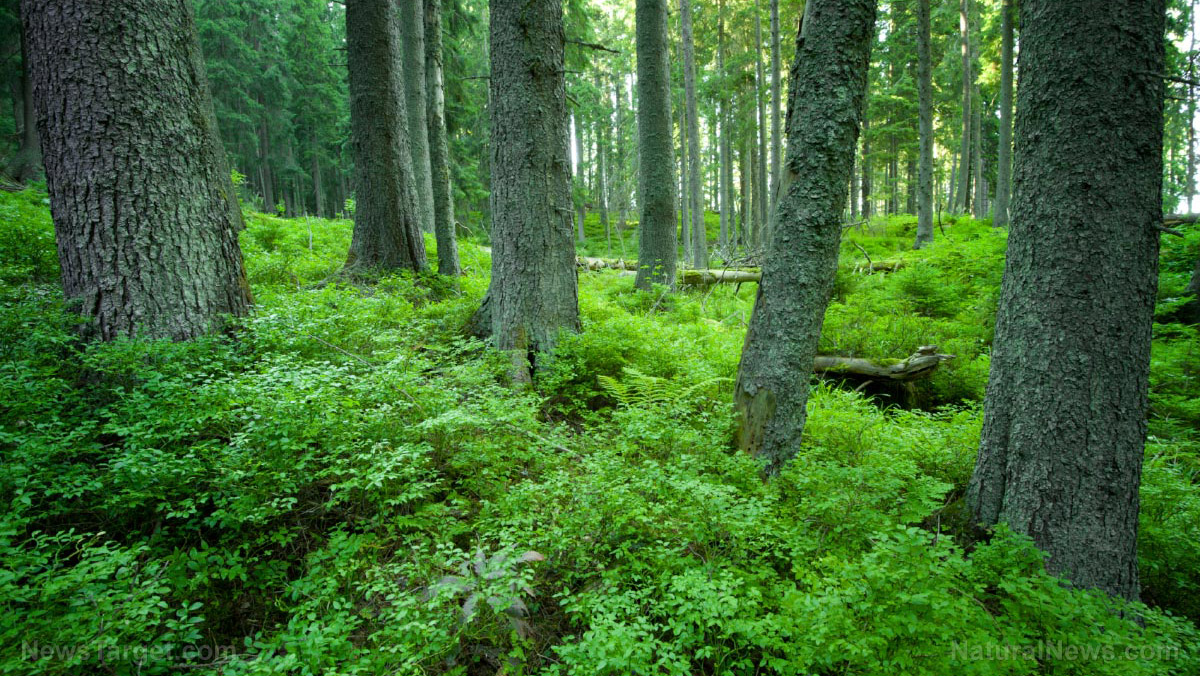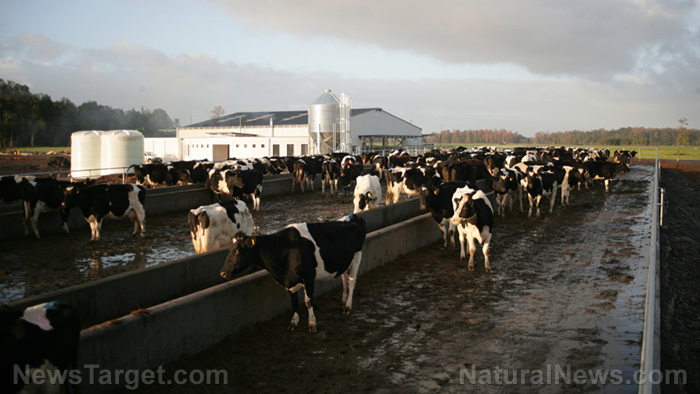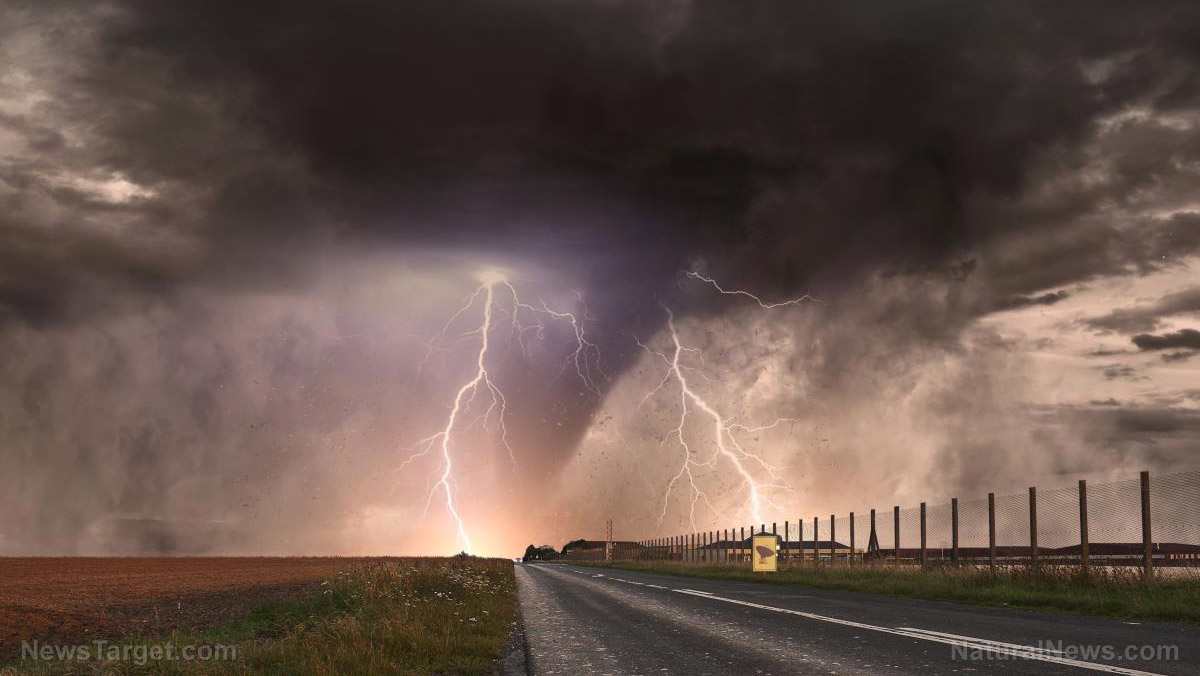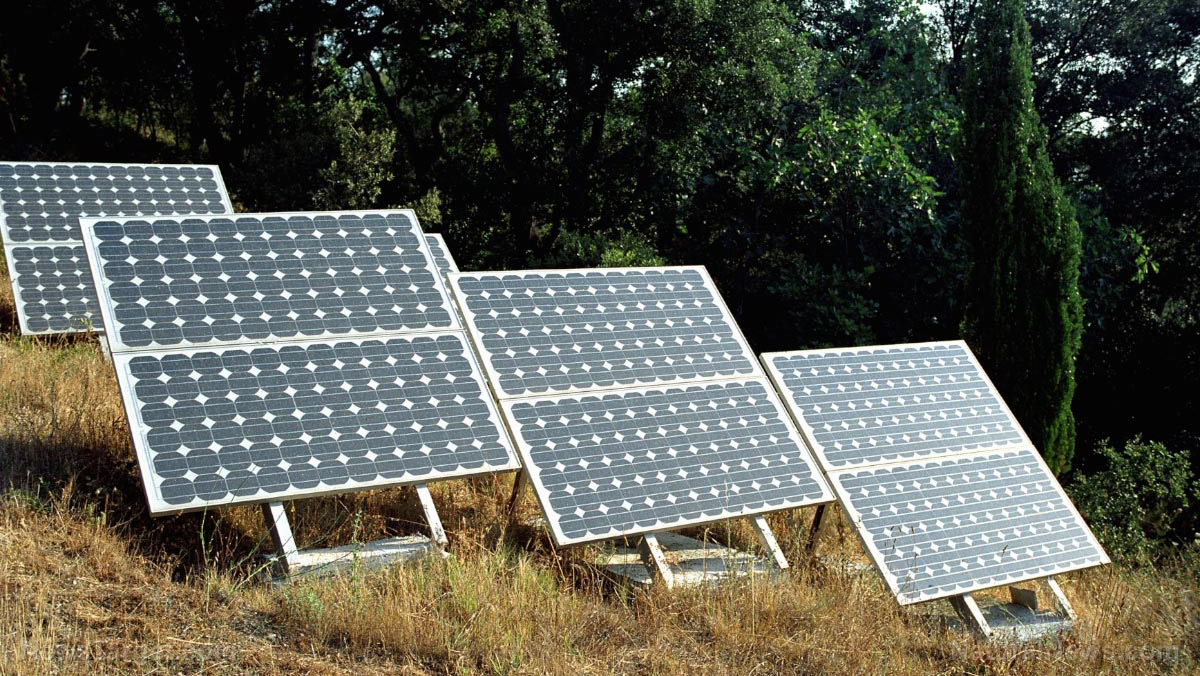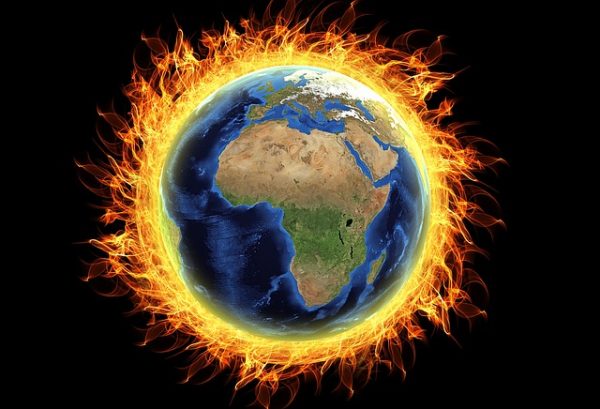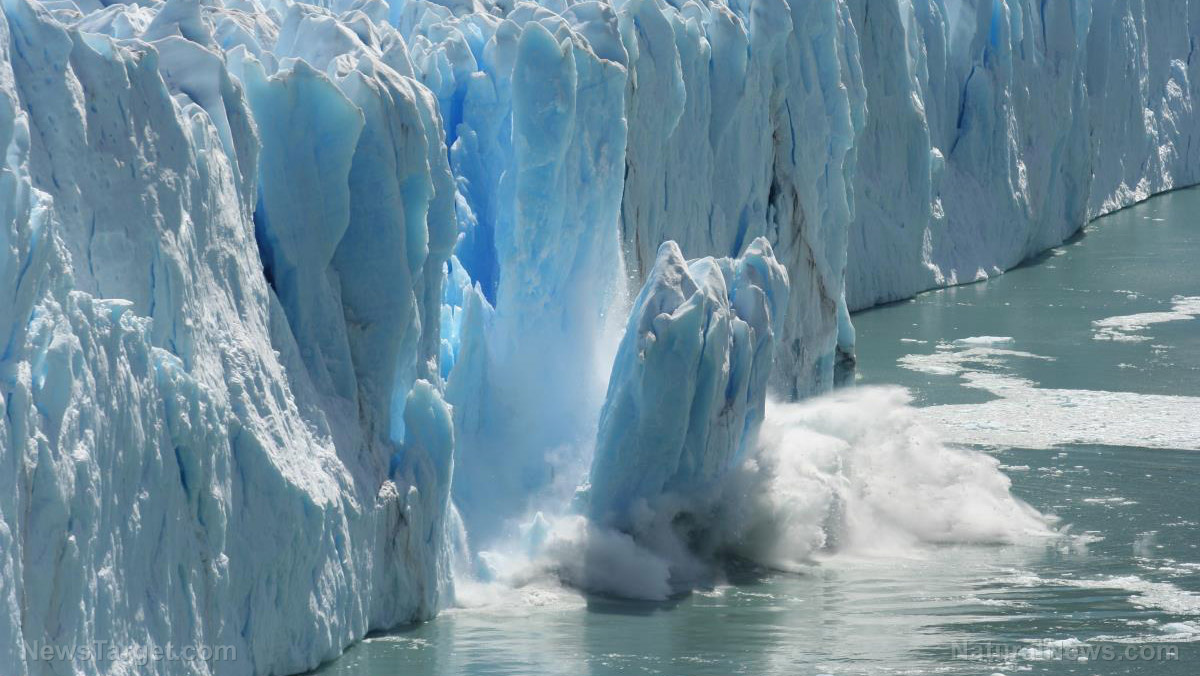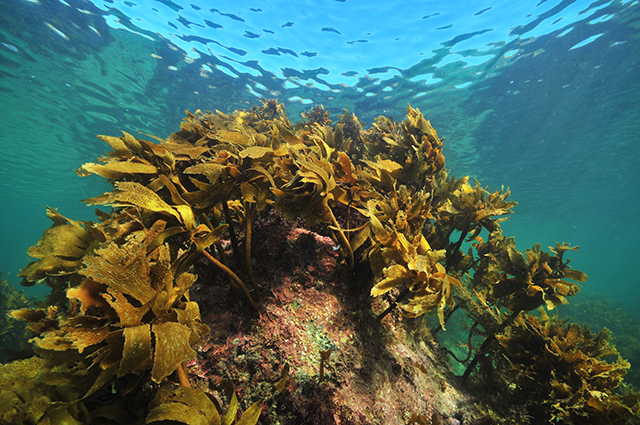Climatologists admit wildfire smoke is already COOLING the planet, just as volcanoes do
10/04/2017 / By Ethan Huff
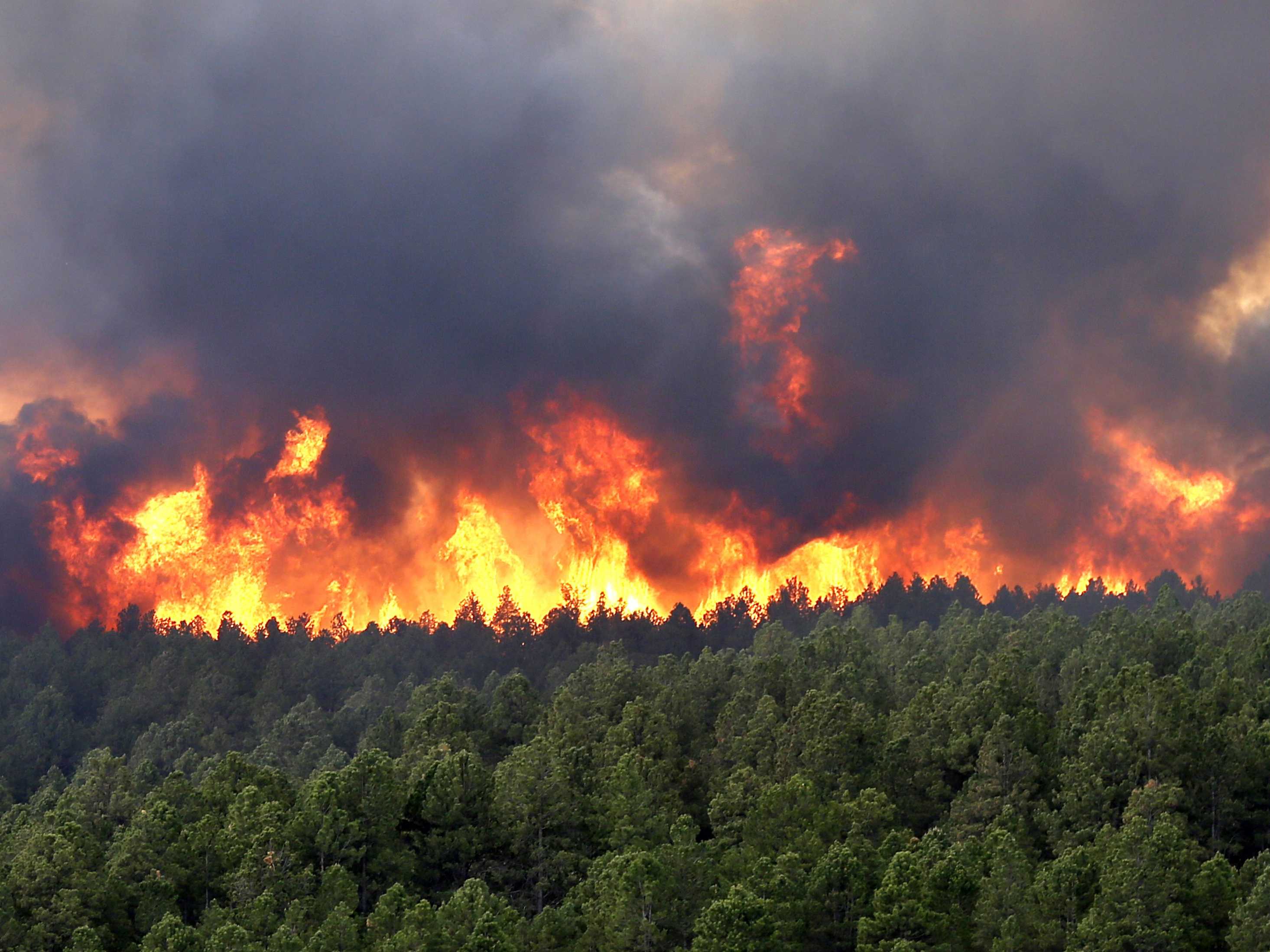
Is it possible that carbon, which is often blamed as the cause of global warming, is actually a contributor to global cooling? A new study by researchers from the Georgia Institute of Technology (GIT) says the answer is yes, showing that the brown carbon releases from wildfires act as a protective shield to help minimize the impact of solar radiation on the planet.
It almost seems counterintuitive, as wildfires produce immense amounts of heat that are released directly into the atmosphere. But the amazing reality is that the carbon particles produced by the burning of trees and other organic matter are capable of traveling upwards into the higher levels of the earth’s atmosphere, effectively diverting the sun’s rays and thus their heat output.
Published in the May 22 issue of the journal Nature Geoscience, the study, which was sponsored by the NASA Radiation Sciences Program and the NASA Tropospheric Composition Program, confronts the prevailing narrative that all carbon is evil and must be stopped if Earth stands a chance at survival.
After analyzing air samples collected from the upper troposphere – roughly seven miles up from Earth’s surface – in 2012 and 2013 by NASA aircraft, researchers from GIT discovered high levels of brown carbon. Brown carbon, in case you didn’t know, is the residue produced from the incomplete combustion of grass, wood, and other biological matter during wildfires.
This brown carbon, which is distinct from the black carbon produced by the complete burning of fossil and biomass fuels, has a unique ability to travel with the clouds into the higher levels of the atmosphere. According to the study, the deep convection forces inside clouds capture and carry brown carbon and disperse it in areas that partially block sunlight, which effectively cools the atmosphere.
“The surprise here is that the brown carbon gets promoted when you go through the cloud, compared to black carbon,” says Athanasios Nenes, a professor and Georgia Power Scholar at the School of Earth & Atmospheric Sciences and the School of Chemical & Biomolecular Engineering. “This suggests that there may be in-cloud production of brown carbon that we were not aware of before.” (Related: To keep up with the latest in climate change news, visit ClimateScienceNews.com.)
Studies show volcanic releases also contribute to global cooling
Another natural occurrence that’s known to help cool the planet are volcanic eruptions. Besides releasing molten rock, also known as lava, from deep within the earth, volcanic emissions throw dust and gas into the atmosphere that, just like wildfire debris, can block incoming solar radiation and keep the atmosphere cool.
While most of the release particles make their way back down to earth after a short time, some of them end up entering the stratosphere where they persist, effectively shading and cooling the areas directly below where they’re located. As these particles travel around the globe, they continue to provide protection for other areas as well.
“These tiny particles are so light that they can stay in the stratosphere for months, blocking sunlight and causing cooling over large areas of the Earth,” explains UCAR’S Center for Science Education.
Providing even more cooling protection is the sulfur dioxide emitted into the atmosphere during a volcanic eruption. As it moves into the stratosphere, sulfur dioxide combines with water to form sulfuric acid aerosols, creating a haze of tiny droplets that reflect incoming solar radiation and send it back out into space. These tiny particulates persist in the stratosphere for up to three years, circulating the globe until they eventually grow large enough to fall back down to Earth.
Sources include:
Tagged Under: brown carbon, climate change, cooling, Smoke, solar radiation, stratosphere, volcanic eruption, weather, wildfires

